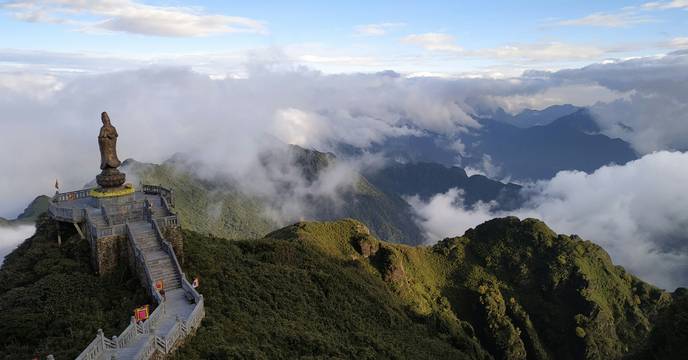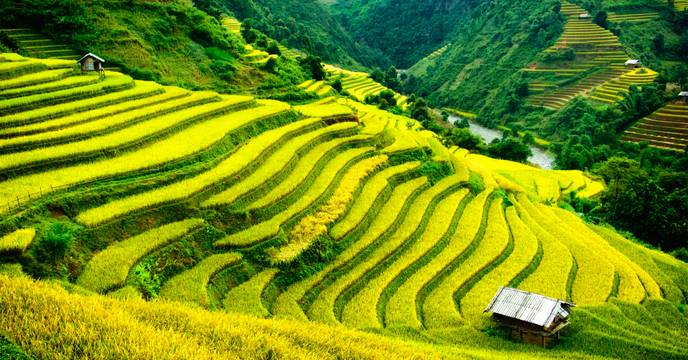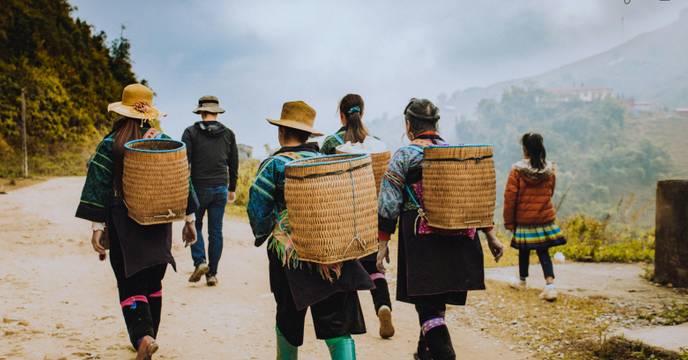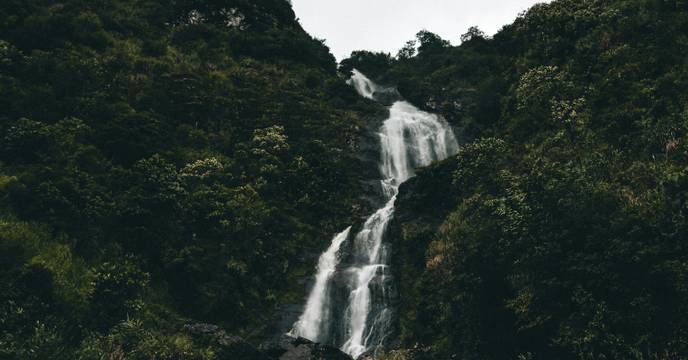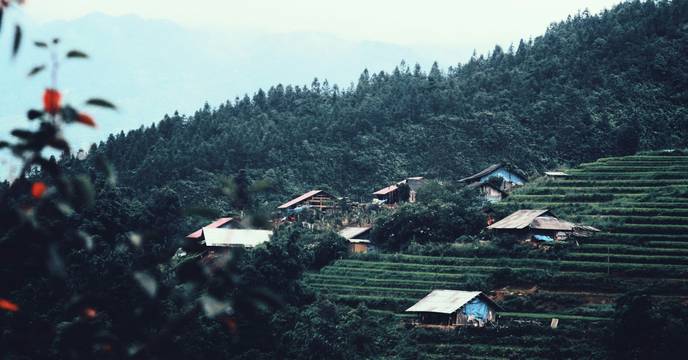
Best Time to Visit Sapa
Table of contents
Spring and autumn/fall in Sapa
Sumer in Sapa
Monthly activities and tourists
Seasonal guide to prices
Travel companies in Sapa
FAQ
Located in the northern highlands of Vietnam, Sapa is a striking destination known for lush rice terraces. The best time to visit Sapa is from March to May and September to November. The weather is pleasant, with minimal rainfall, allowing for great conditions to explore Sapa's stunning terraced rice fields, ethnic markets, and towering mountains. Book your Sapa tour on TourRadar and explore one of Vietnam's most breathtaking regions.

Best time to visit Sapa: Spring & Autumn/Fall
Why visit Sapa during these seasons?
Ideal trekking conditions: Enjoy comfortable treks through Sapa's stunning landscapes without heavy rain or extreme heat.
Vibrant local culture: Engage with local ethnic communities and visit colorful markets and festivals.
Paradise for photographers: Capture the blooming flowers in spring and the golden rice terraces in autumn.
Pleasant climate: Experience Sapa in mild weather, making outdoor adventures enjoyable.
Less crowded: Experience Sapa's serene beauty and local life with fewer tourists.
Diverse activities: Explore temples, cycle through rice fields, or hike in the mountains.
Top things to do and see in Sapa during spring and autumn/fall
Three essentials to pack for your Sapa tour in spring and autumn/fall
Layered clothing
Prepare for changing temperatures from morning to evening.
Comfortable hiking shoes
Essential for traversing Sapa's mountainous terrain.
Rainwear
Light raincoat or umbrella for unexpected showers.

Best time to visit Sapa: Summer
Why visit Sapa in summer?
Lush landscapes: The rice terraces are particularly vibrant this time of year.
Cooler temperatures: Enjoy cooler weather, perfect for hiking and exploring.
Fewer tourists: Experience Sapa without the crowds.
Rich culture: Engage more deeply with local communities and traditions.
Majestic waterfalls: See them in full flow, a truly magnificent sight.
Lower prices: Benefit from off-peak pricing on accommodations and tours.
Top things to do and see in Sapa during summer
Three essentials to pack for your Sapa tour in summer
Waterproof clothing
A waterproof jacket or poncho is essential for the rainy weather.
Sturdy footwear
Waterproof hiking boots are a must to navigate slippery trails.
Insect repellent
Protect yourself from mosquitoes during the wetter months.
Overview of activities and tourists in Sapa per month
Sapa is a year-round destination, but activities and prices change depending on the season.
| Month | Popular Activities | Tourist Volume | Season |
|---|---|---|---|
| January | Trekking, visiting ethnic markets | Low | Cold season |
| February | Celebrating Tet, plum blossoms | Moderate | Cold season |
| March | Trekking, photography of blooming flowers | High | Shoulder season |
| April | Trekking, exploring waterfalls | High | Shoulder season |
| May | Visiting rice terraces, cultural tours | Moderate | Low season |
| June | Trekking in the rain, homestays | Low | Rainy season |
| July | Waterfall visits, local festivals | Low | Rainy season |
| August | Trekking between showers, market visits | Low | Rainy season |
| September | Rice harvest, trekking | High | High season |
| October | Harvest season, clear skies for photography | High | High season |
| November | Cool weather treks, ethnic markets | Moderate | Shoulder season |
| December | Snow in higher elevations, Christmas in Sapa | Low | Cold season |
Vietnam adventures
By experience
Sapa by season
The best time to Sapa: A seasonal guide to prices
From the vibrant landscapes of the high season to the misty scenes of the low season, Sapa transforms throughout the year, and so do the prices. Understanding these seasonal fluctuations ensures you get the most out of your visit.
High Season (September to November):
Prices: Higher due to high demand
Weather: Cool and dry, ideal for hiking
Who should visit: Adventure seekers and photography enthusiasts
Low Season (December to February):
Prices: Lower, great for budget travelers
Weather: Colder, and with potential for snow
Who should visit: Those looking for a peaceful escape
Shoulder Season (March to May & June to August):
Prices: Moderate, offering value for money
Weather: Varied, from warm to wet
Who should visit: Cultural explorers and nature lovers
Top-rated operators for Sapa tours
What people ask about Sapa
What's the best time to visit Sapa for trekking?
The nicest months for trekking in Sapa are September to November when the weather is cool and dry, offering clear paths and breathtaking views of terraced rice fields.
When is Sapa's rainy season and what can I expect?
Sapa's rainy season runs from June to August. Expect wet conditions, but also lush landscapes. It's a good time for those who don't mind a bit of rain. The tourists are fewer.
Are there any festivals in Sapa I should consider when planning my visit?
Yes, visiting during festivals like the Tet holiday (Vietnamese New Year) in January or February can offer an unforgettable experience. However, it's recommended to book in advance.
What should I pack for a trip to Sapa?
Packing depends on the season: warm layers for winter, waterproof clothing for the rainy season, and comfortable hiking gear for the high season.
24/7 Customer Support
Our team of experienced tour specialists have traveled to hundreds of countries around the globe and have decades of first-hand travel experience to share. Contact us now to have all of your tour-related questions answered!
